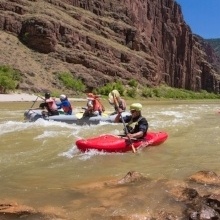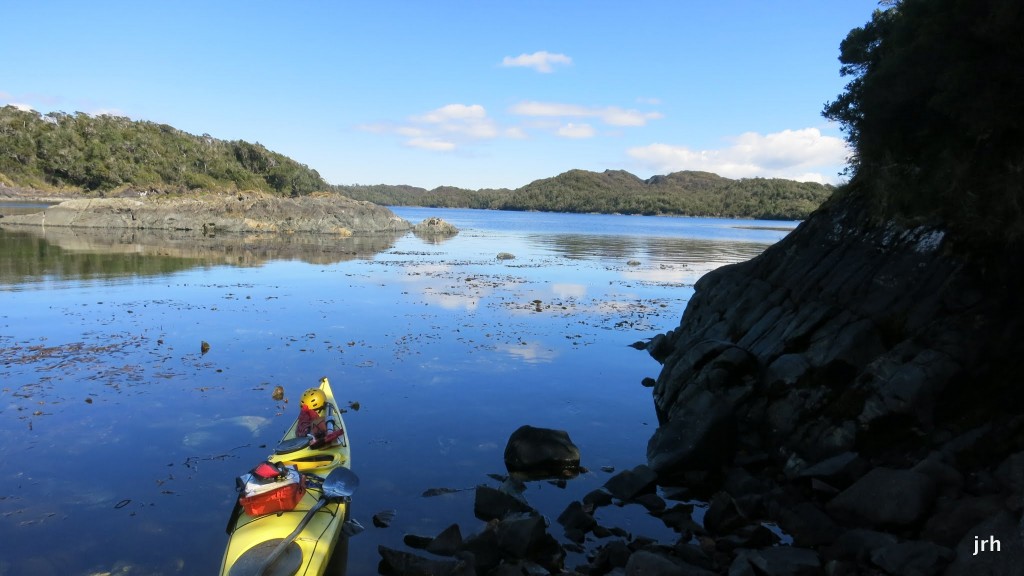Instructor development workshops are a cornerstone of the American Canoe Association. Each fall, Mike Mather of Mather Rescue hosts an annual swiftwater instructor workshop in collaboration with ZOAR Outdoors and the ACA on the Deerfield River in Charlemont, Massachusetts. Having obtained training from several individuals who dramatically impact the swiftwater rescue world, I was eager to study under Mike's tutelage.

The goal of this workshop is to train the trainers. Over a five-day window, experiential educators from various river realms gather to learn. Search and rescue team leaders, kayak school instructors, and club boaters work in conjunction to develop an understanding of a flexible and situational curriculum, refine technical skills, participate in scenarios, share techniques, and hone teaching styles.
As a raft/kayak/canoe instructor for the NOLS River Programs, I attended this workshop to share experiences from the field, learn risk management techniques, and obtain new tricks for positively impacting rescue incidents as they occur on our courses. This workshop also introduced me to a formal progression for teaching swiftwater rescue to others. As NOLS works to create competent whitewater river runners, we are also responsible for teaching rescue for the incidents that will inevitably arise in personal paddling.

Highlights from the workshop included single shore and cross-river access drills, with a particular focus on the Mather Method for stabilization and extrication. We were also introduced to mechanical advantage systems utilizing minimal equipment, comparable to the few carabiners and rope that recreational paddlers may have access to. Garda hitches, transport hitches, and 4:1 compound systems were a few swift and simple techniques we reviewed. Although they were all more advanced rescue tricks, I was eager to incorporate them into my toolbox.
Our discussions on leadership included the difference between professional rescue and personal river running. In professional situations, an incident command system is established, where a leader is selected, safety is established, and rescue is implemented. While paddling with friends, it is often reversed: rescue is rapidly implemented and the victim is stabilized, safety is set both up and down stream, and finally, depending on access to human resources, an incident commander is appointed.
The most personal component of this experience was a dinner organized by Janet Burnett Cowie, the Director of Instructional Programs at ZOAR. As an annual event, Janet invites participants to her home, where Mike Mather plays guitar and Nerf gun battles leave the yard littered with foam darts.
I am thankful that the Instructor Development Fund made my participation in this course possible, enabling me to bring some outside information to an already sound world of on-water risk management.
- Leadership Skills
- Canoeing
- National Outdoor Leadership School
- Educators Notebook
- Becoming An Instructor
- Education
- Instructor Development Fund (Idf)
Written By
Justin Kleberg
Justin is an avid whitewater kayaker who enjoys rainy days on the river, quality green wave front surfs, and crisp eddy turns.



